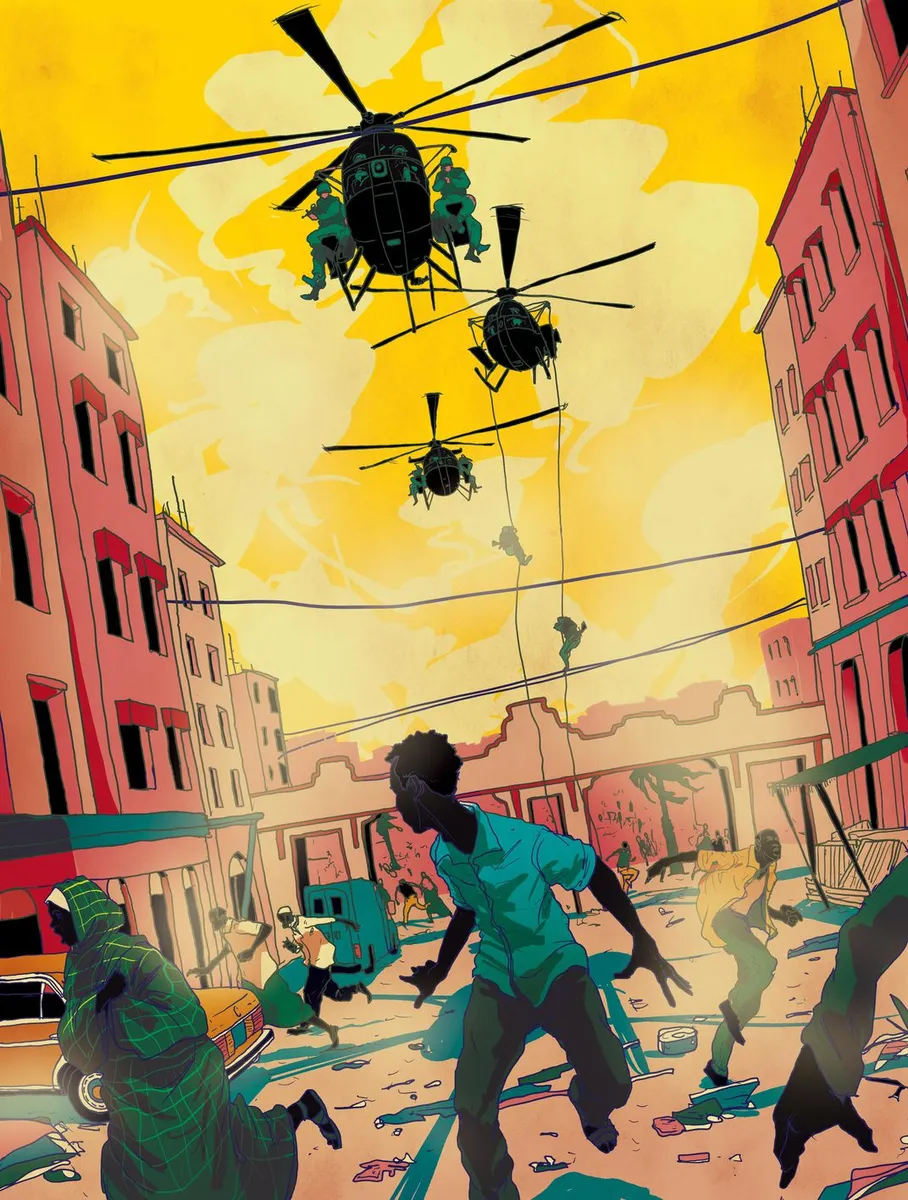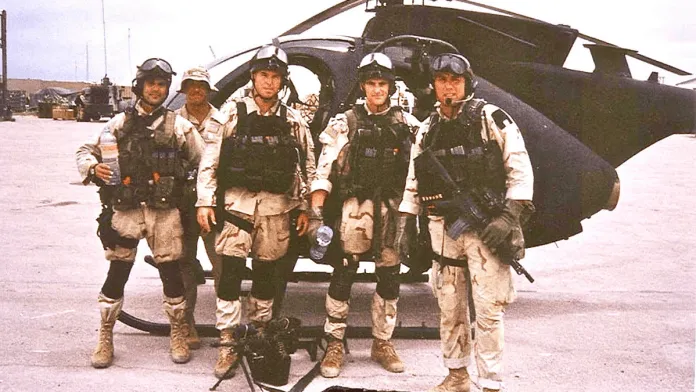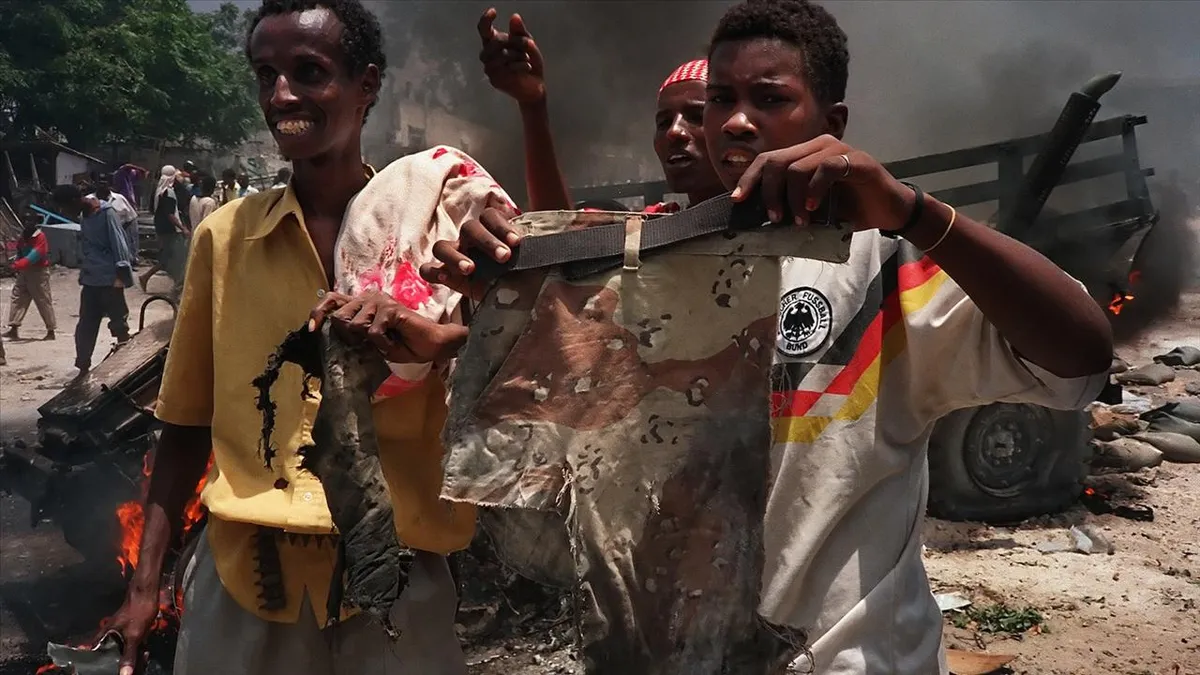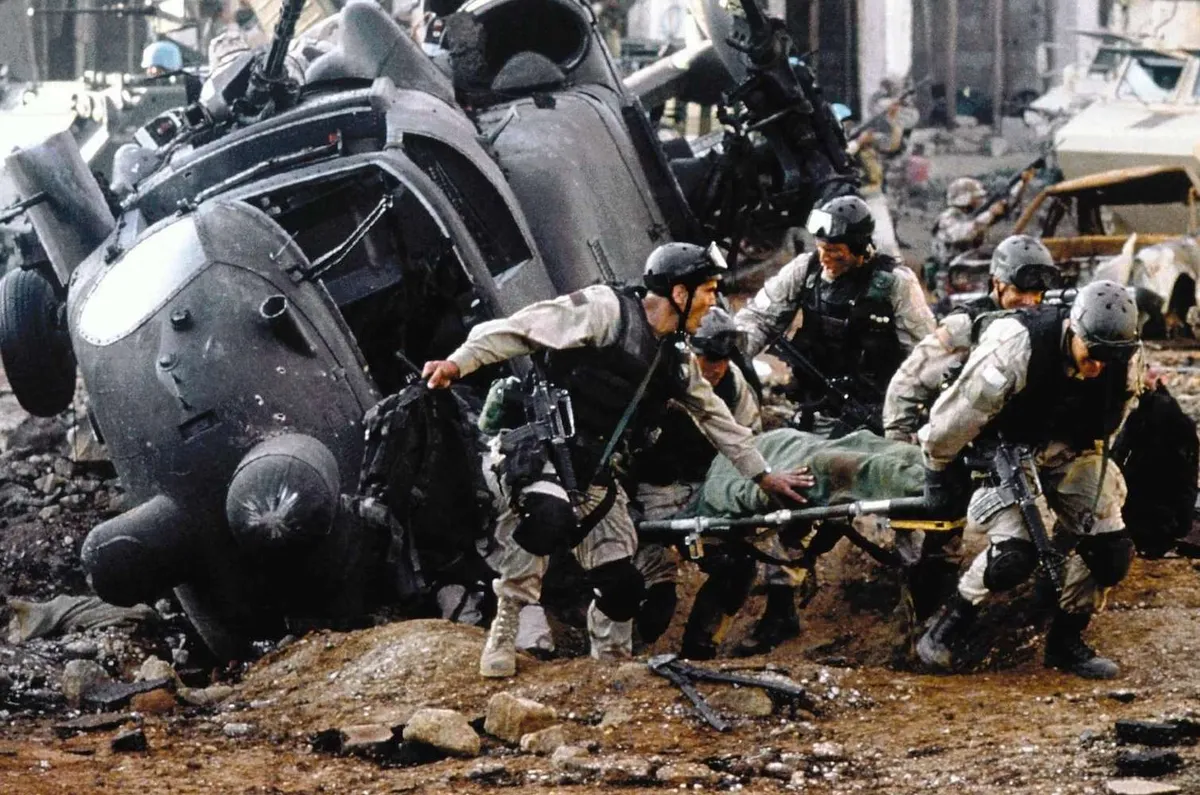Operation Restore Hope was a United Nations resolution which was aimed to destroy the widespread starvation in some of the poorest countries in the world, especially the countries facing civil war. And one of the targets of the United Nations was Somalia. To support the initiative of the United Nations, the United States started Operation Restore Hope twenty-eight years ago.
To transport the food items to local Somalian peoples, the U.S. uses trade routes that are secured and safe. According to the United States government, more than 250,000 people have been saved from harsh starvation. But this is not why Operation Restore Hope is remembered in the history of the United States. This life-saving operation took a disastrous form in Somalia in 1992.
Somalia In 1992
In 1992, Somalia was the most dangerous city in the world. Around fourteen to fifteen warlords of the country were fighting and attacking each other randomly in the streets of Somalia to dominate the country. According to the local citizen of Somalia, the armed groups of these warlords had their free will, they could kill whoever they wanted, they could destroy anyone, and also they could rape anyone on the streets of Somalia.

When the U.S. military force entered Somalia, the followers of the Somalian warlord, M Farrah Aidid, started killing and attacking these peacekeepers of the United Nations military force. Because of this, the United Nations made a plan to capture and arrest two of the lieutenants of the Somalian warlord M Aidid.
Battle Of Mogadishu
According to an intelligence tip, the leaders of the clan Habar Gidir, under Aidid’s direct orders, will meet at a three-story building named Olympic Hotel. They planned to surround the Olympic building from all four sides, and then the Rangers of the U.S. army will get into the building through helicopters and then lower themselves to surround the Olympic building. And to capture the troops and take them to the prison, a ground convoy of trucks would wait at the entry and exit of the Olympic Building. Executing this plan would take around 12 vehicles, 19 aircraft, and more than 150 army Rangers.
The plan was still foolproof, but it didn’t get as the U.S. army thought it would. Because of the formed barricades by the local followers of the Somalian warlord, the ground convoy rained up against it. Because of the continuous fire from the ground, one of the helicopters of the U.S. army landed somewhere in the North from its target position. In addition, a Ranger hanging through the rope was felled down, and he had to be rescued. Gunmen of the Somalian warlord also shot down two Black Hawk helicopters of the United States with the help of rocket-propelled grenades.

When around one hundred Rangers of the U.S. Army and Delta Force rushed for backup, they got caught in the continuous gunfire from the Aidid’s side and then trapped for the whole night.
The Battle of Mogadishu lasted for 18 hours, in which 18 soldiers of the United States and hundreds of Somalian people lost their lives. The media broadcasts an image of a dead Americal Ranger, whose body Somalian peoples was dragging through the streets of the capital, Mogadishu. President of the United States Bill Clinton, who was recently elected, ordered the Special Forces to halt Operation Restore Hope and to come back from Somalia till 3st of March 1994.
Post-Battle Consequences
After that incident, conditions in Somalia became severe. In 1996, Aidid was killed in a fight, and now the country of Somalia has become lawless for decades. A Lawless country was an open invitation for different pirate gangs, they invaded the country through the coastline of the Indian Ocean. And different rich and local educated people of Somalia left the country.
The consequences of the incident were also felt in the United States. After this United States became watchful of placing any ground forces anywhere in the country. And that’s why when the incident of Rwandan Hutus took place in which millions of Tutsi countrymen were slaughtered, the United States didn’t help. One more incident when U.S. forces didn’t participate was in the genocidal campaign against the civilian of Croatia and Muslims in 1995.
But suddenly, the pledge of the United Nations to not participate in any International conflict ended on 11th September 2001. It was when President Barack Obama and President George Bush sent their Army Rangers to the battlefield of Iraq and Afghanistan. Although they sent their troops there, they kept a distance from the Rebels of Somalia. When Barack Obama was the President of the United States, only 18 airstrikes were done in his last two years of administration.

Current Condition Of Somalia
Now things have changed between the United States and Somalia. In 2017 and 2018, 63 on-target airstrikes in Somalia from the U.S. Also, the number of groups of the United Nations army in Somalia has doubled, there are around 500 U.S. Forces present on the land of Somalia. But there are different casualties too from the side of the United States.
In May 2017, Kyle Milliken, the Senior Chief Special Warfare Operator in Somalia, was killed. He was assisting the National Somali Army Troops in few miles away from the capital, Mogadishu. In June 2017, Alexander Conrad, the Army Staff Sgt. in Somalia, was killed and a few others wounded in a mission in Jubaland.
ALSO READ: Where Is Black Hawk Down Filmed? Filming Locations & Plot




